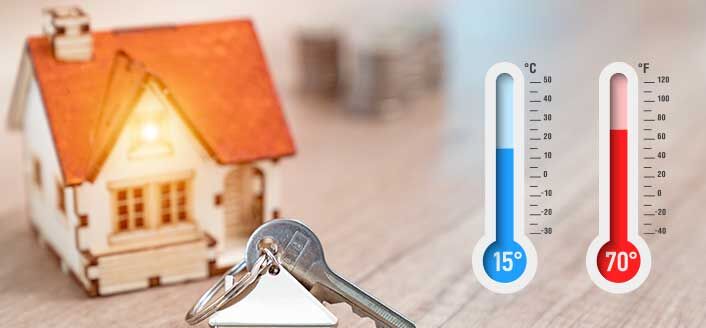From maintaining clean water supplies to helping city planners prepare for future growth, the robust data-gathering abilities of the Internet of Things (IoT) has had a noticeable impact on local communities. As developers devise new IoT applications and global network speeds increase, the potential for data streams that can be analyzed and acted upon in real-time will continue to expand, giving organizations and community advocates the tools to better protect consumers.
One consumer protection organization, Heat Seek, is using IoT data to help residents in New York City enforce a long-standing law regarding heat in apartment buildings during the winter season. According to the residential heat and hot water laws listed on NYC.gov, when temperatures outside fall below 55 degrees Fahrenheit, the temperature inside every apartment must be above 68 degrees during the day, and above 62 degrees at night. Each winter, New York Citys non-emergency call line, 311, registers roughly 200,000 heating complaints from tenants against their landlords, according to 311 data collected by NYC Open Data.
However, the law is difficult to enforce. City inspectors are required to notify landlords when they plan to inspect the building, giving landlords ample time to change the temperature so they no longer seem like theyre in violation of the law. As a result, only 4% of heating complaints are resolved with a violation being issued to the landlord.
Heat Seeks Solution: Hourly Temperature Monitoring
The main challenge with enforcing New Yorks heating law comes from a lack of data. If there is no evidence that the temperature dropped below the legal threshold, landlords are unable to be held accountable. Heat Seek addresses this problem by installing IoT-enabled, tamper-protected temperature sensors inside a tenants apartment. The sensors take hourly temperature readings and send the data to Heat Seek through a secure IoT connection. Their management platform analyzes the sensor data alongside the outdoor temperature and records each hour the temperature falls below the legal limit as defined by the New York law. Data is displayed in a graph as well as a comprehensive heat log, providing tenants and their advocates with a complete picture of the landlords violations, which they can take to court and use in landlord-tenant negotiations.
Protecting Those Most Affected by Predatory Landlords
According to a study of New York heating complaints conducted by RentHop, rent-stabilized and affordable housing tenants are most likely to fall prey to landlords who intentionally violate the law to manipulate tenants. Armed with the data provided by Heat Seeks IoT-enabled temperature sensors, low income tenants, public interest attorneys, and community organizers can better hold landlords accountable for any instances of negligence or harassment. Collected temperature data can demonstrate patterns of abuse from landlords, such as manipulating the heat to fool city inspectors, targeting specific tenants, and using heat as a harassment tactic. By focusing on tenants at risk of being forced from rent-stabilized and other affordable housing, Heat Seek ensures that their IoT-enabled temperature sensors are placed with the tenants who need protection the most.
Consumer Protection Made Possible with Aeris IoT
Aeris is proud to help companies like Heat Seek protect consumers with IoT connectivity and data collection. Our experts work closely with clients to provide a custom network solution that suits any IoT need. Through the Aeris Connectivity Platform, clients have a single portal for analyzing and managing sensor data that can result in positive outcomes for consumers.
To learn more about the potential for IoT in your mission to protect consumers, contact Aeris today.




